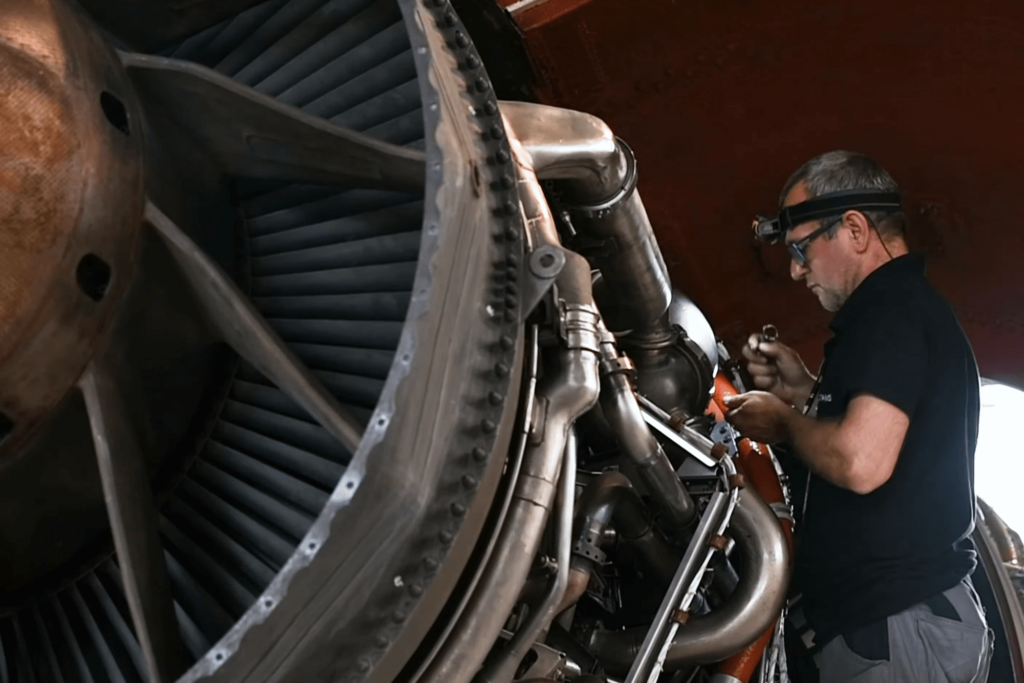LOT Aircraft Maintenance Services (LOTAMS) announced it has completed a heavy maintenance check on a Boeing 767 aircraft, which has carried out 50,000 flight cycles.
An extended life
According to the statement from the Polish aircraft maintenance repair and overhaul services provider, this is the first time a heavy maintenance check has been done on a Boeing 767 with 50,000 flight cycles.
During the check, which is also known as the D check and which is considered as the most comprehensive and demanding check for a plane, the company replaced the Boeing 767’s main landing gears as well as both engines. Other aircraft maintenance activities included the removal and repair of rudders and flaps as well as structural repairs of the airframe.
The D check of such a long-serving aircraft needed almost 35,000 person-hours and took five months, LOTAMS said in the statement, dated December 3, 2021.
“We have completed one of the most labor-intensive maintenance that has ever taken place at LOTAMS. Work carried out by our technical staff extended the life of the B767 aircraft, so that we are the first base in the world, which performed a full range of 50K FC-check,” the statement reads.
“We are confident that the aircraft will fly many more hours and cycles thanks to our service,” LOTAMS base maintenance manager Marcin Klukowski said.
What does a “heavy maintenance check” exactly mean?
Typically the most demanding and expensive aircraft maintenance inspection, a D check occurs every six to ten years or approximately 20,000 flight hours. During a comprehensive inspection and repair of the entire jet, technicians and engineers dismantle and rebuild the entire plane.
In some cases, even the paint is stripped for further inspection of the fuselage to ensure that the aircraft has not been affected by corrosion. Usually, depending on the jet type and the number of technicians involved, the process can total 50,000 person-hours and last two months until completed.
During the heavy check, aircraft cabin interiors are also removed, including seats, galleys, lavatories, and overhead bins, so that engineers are able to inspect the metal of the jet skin from the inside and the outside. Meanwhile, all the aircraft systems are taken apart, checked, and repaired as needed, before being reinstalled. The same action is applicable for the landing gear and engines, which are also removed and overhauled.
Since D checks require a suitable maintenance base and tremendous effort, they can enter the million-dollar range, depending on labor and hangar slot prices in specific regions.
For this reason, air carriers have to plan these maintenance visits years in advance. In exchange, companies are left with an almost brand-new jet once the D check is completed.


